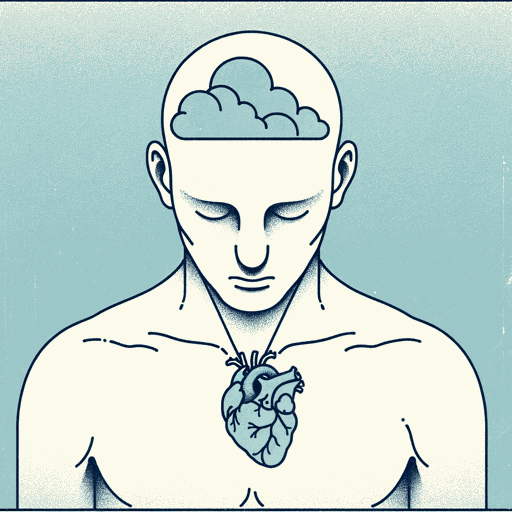64 pages • 2 hours read
Gabor MatéScattered Minds: The Origins and Healing of Attention Deficit Disorder
Nonfiction | Book | Adult | Published in 1999A modern alternative to SparkNotes and CliffsNotes, SuperSummary offers high-quality Study Guides with detailed chapter summaries and analysis of major themes, characters, and more.
Part 5Chapter Summaries & Analyses
Part 5: “The ADD Child and Healing”
Part 5, Chapter 16 Summary: “It Ain’t Over Till It’s Over: Unconditional Positive Regard”
Maté believes that ADD doesn’t need to be “cured” but says that growth is available for those who know how to find it. He cites research out of the University of California, Berkeley’s department of anatomy-physiology that studied various degrees of emotional enrichment in rats. The findings of the study suggest that the brain retains plasticity and the potential for enrichment throughout life. Plasticity, or the brain’s ability to respond to changing conditions, is so powerful that entire hemispheres of the brain may be compensated for in cases of brain damage.
Brain circuitry and neurochemicals are produced and reinforced through use. Unused circuits may atrophy or diminish. In the ADD brain, the cortex does not exert firm control over the emotional centers of the lower brain. Maté cites Dr. Benes’s research confirming that emotional and cognitive integration continues to grow into the sixth decade of life. Maté describes this process as “melding what we know with what we feel” (144). The lack of integration is what causes ADD, according to Maté, and healing ADD requires this integration.
Maté mentions Dr. Greenspan’s work with patients with autism who were able to become emotionally and cognitively healthy by focusing on their interaction patterns.
Related Titles
By Gabor Maté




